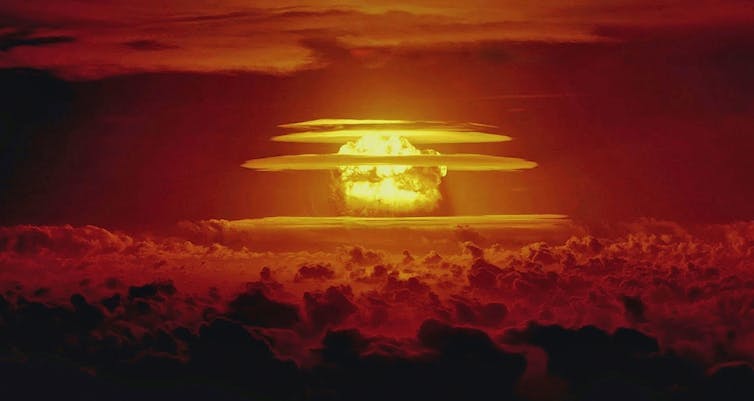
A white tiger in a Ukraine zoo has given birth to four rare tiger cubs, one of them an albino. A white tiger in a Yalta zoo has given birth to four rare tiger cubs this week, one of them an albino, according to zoo workers. The newborns are in good health and are being taken care of by staff at the Skazka Zoo in southern Ukraine. The birth is an important event, especially because white tigers are so rare. There are only a very few white tigers in the world... so their birth in captivity is always a big event in the life of a zoo. One of the cubs is an albino. "Usually tigers are white with black stripes, but there are also albinos without black stripes. This is a joyful event in the life of the zoo, we were waiting for it impatiently and we're glad that the babies are healthy, strong, and today are being held by zoo caretakers," said the zoo's director Oleg Zubkov. Source: Bisarbeat: ...

